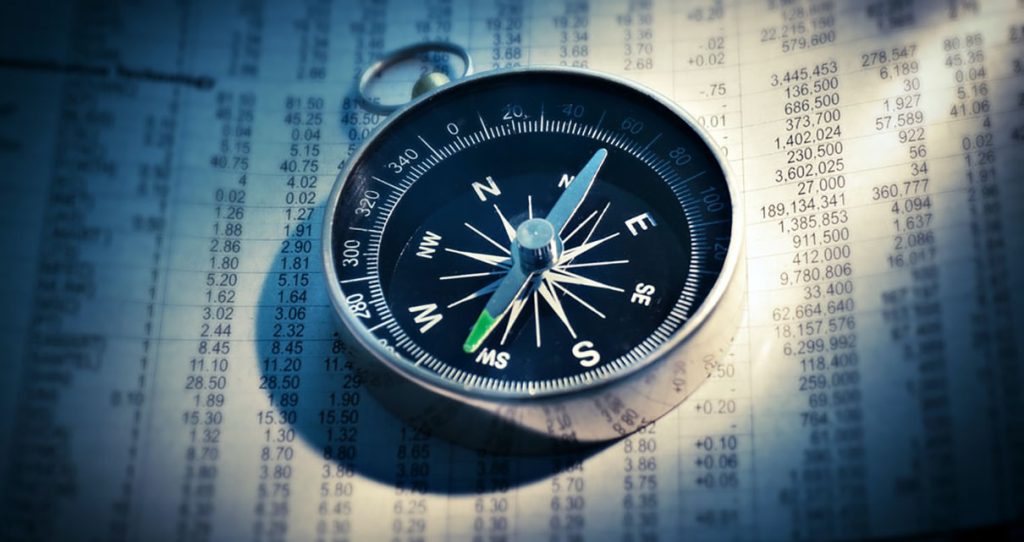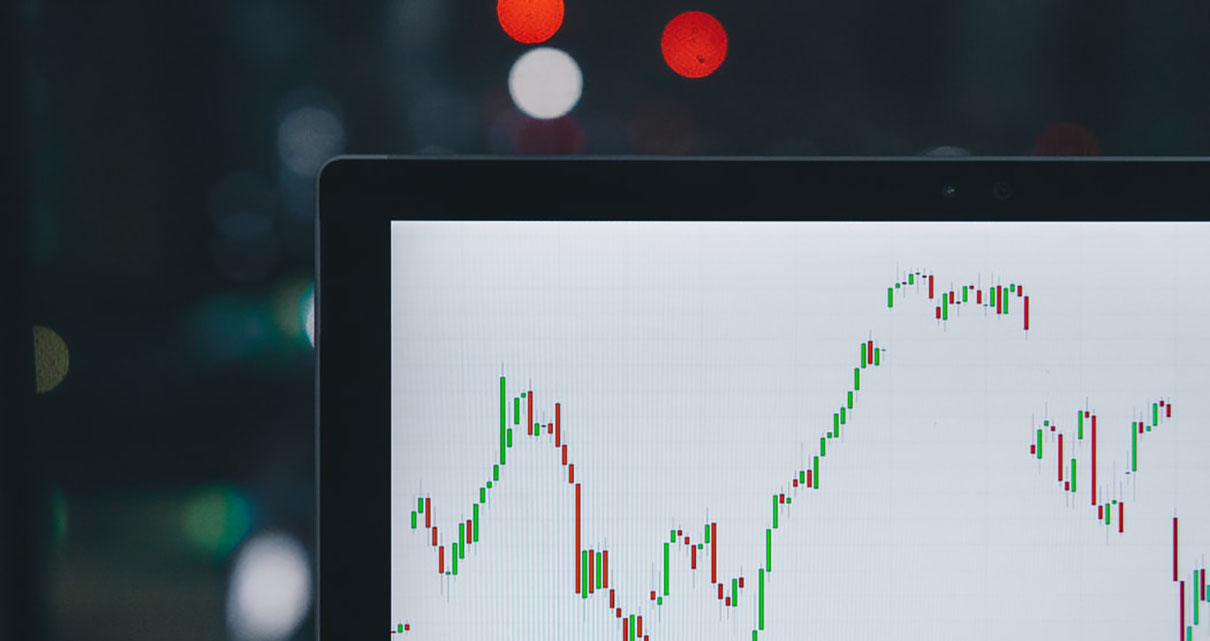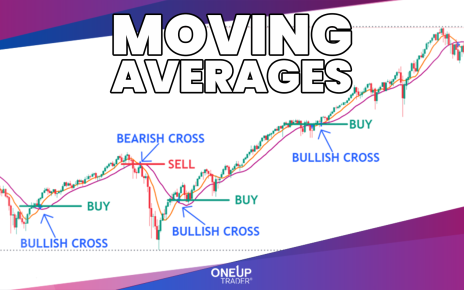When it comes to timeframes for futures contracts, there is no actual time limit. If there is a futures contract that manages not to expire within a couple of years – you can still enter it. Not many people are interested in joining futures trading within this time frame, but you can still place trades and get quotes on them.
Like with other markets, the futures market allows you to trade any item with enough interest to justify listing the item. When there are buyers and sellers under sustainable contracts for eight years, their market is considered sufficient and will become available.
If you are interested in longer-term contracts, they will always come with greater risk because the percentage of certainty decreases. After all, how can someone have an idea of what the worth of oil will come to be in 2025?
Much better insight is provided for the trader for trades that will take place in the following couple of months, the next day, or the following hour. And a fact remains – the more time elapses between now and a point of time in the future, the more changes in the pricing of an item can occur.
To decide on the best timeframe for futures trading, we must first understand what a futures trader is, examine the two types of traders, and delve into how different futures traders’ timeframes are. Analyzing them can help a futures trader decide on the best timeframe for trading.
What is futures trading?
Futures trading encompasses making contracts between a seller and a buyer who, in turn, sell and buy stocks, products, commodities, and securities. The name “futures trading” is in line with the fact that the trade will take place in the future, but the price and that point in the future have to be pre-set.
Yes, the agreement is made at present, but the trading process happens in the future. These contracts must always end in the successful delivery of goods for the amount of settled cash. Therefore, they are legally binding.
In futures trading, these contracts that sellers and buyers make for trading currencies, commodities, and indexes, are often referred to as “futures contracts.” This is because such arrangements can be bought or resold at an open market before the date of the trade fulfillment. That may be their key benefit and the reason why they are so popular among traders.
Before we analyze the best timeframe for making a successful trade, let’s look at the two most common types of traders.
The two basic types of futures traders
The two basic types of futures traders are:
Non-commercial traders
Non-commercial traders can either be swing traders or day traders. Swing traders usually hold onto their positions for a couple of days, weeks, and months to analyze and grasp a more significant part of the current market trends.
They resort to timeframes that last longer and don’t manage them daily. But swing traders can get exposed to potential risks when changes happen overnight, and the prices fluctuate in a rapid manner, which, if not properly managed, can result in losses.
On the other hand, the day traders monitor the fluctuation of prices daily to make a profit. They sell and buy futures contracts many times in just one day (as far as their trade strategies allow). They also close all opened positions on the same day, and their techniques for doing so include arbitraging, range trading, and scalping.
Commercial traders
Commercial traders usually resort to strategies that require them to keep the position of traders for a more extended period. For example, a construction company may decide that they’ll need styrofoam in bulks for a new building in 5-6 months.
However, the price of styrofoam will change within six months, and their profit will face potential risks. For this reason, commercial traders usually get a futures contract that will maintain the current price for the future so that they know precisely how much they will pay for the styrofoam in the future (in 6 months).
Timeframes for futures traders and deciding on the best timeframe

The most usual lifespan of a futures contract is around three months. However, traders who tend to speculate the changes in the pricing of particular assets on the futures market don’t have to be in a trading position for three months. Let’s see how it works.
It all boils down to the bars on your charts. The best timeframe for traders who use one-day bars on their charts will have to stay in their trades for a very long period. Not months or years, but a couple of weeks. That amount of time is needed for the exit signals and the entry on your chart to be generated.
Buying and selling signals will be much faster if you are using one-second bars. In such cases, the chart will be updated each second. As you can see, it all depends on the type of charting program you are using.
You can set the time lengths on your chart to one second, ten seconds, or thirty seconds. Next, you can set it to one minute, two minutes, three minutes, five minutes, ten minutes, fifteen minutes, and thirty minutes. If you want a longer timeframe, you can set it to one hour, two hours, three hours, four hours, or an entire day. The next time frame is a week, and the longest one is a month.
Monthly charts are rarely used since this is too long a timeframe for trading positions that last up to three months. Deciding on a suitable time frame is like a backbone for each trading process and determines the average amount of time you will be in a trader’s position.
How to decide on the best timeframe? In a nutshell, it all boils down to your skillset, what you are looking to sell, how much time you plan to set aside for a trading process, and your prior experience. The shorter the time frame, the more minutely your positions have to be managed, up to the point that will require you never to take your eyes off the screen.
Don’t resort to just one timeframe. If you’re trading a product, you will always need a couple of different timeframes. This will allow you to see repeatable patterns on the market. Look at the weekly timeframe and a daily time frame simultaneously for a more zoomed-out view.
To find a pattern that gets repeated on the market, a thirty-minute timeframe and a fifteen-minute chart can help you apply it to daily and weekly timeframes and develop an applicable formula for longer timeframes.
A three-minute timeframe can further help you view the micro-composites of the value areas. Therefore, you will need to monitor at least five different timeframes to develop a pattern and use an advanced technique for refining your entry.
Conclusion
We hope that you now have a better understanding of how futures trading works, what type of traders there are, and how to decide on the best time frame that suits all your needs. Remember, staying in a trading position longer doesn’t always mean profit.
Also, having just one timeframe isn’t the best solution. Always opt for multiple timeframes that will enable you to closely monitor the changes in pricing and develop a pattern that will bring profit.





